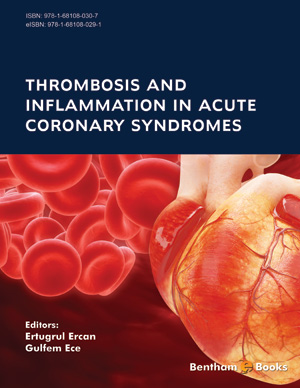Abstract
Venous thromboembolism (VTE) is a common and preventable disorder which mostly manifests as deep-vein thrombosis of the legs. The incidence of VTE is 1 to 2 cases per 1000 persons in developed countries. After the first episode of VTE risk of recurrence increases in these patients, the cumulative rate of recurrence is about 25% and 30% at 5 years and 10 years respectively. Independent predictors of late recurrence include increasing patient age and body mass index, leg paresis, active cancer and other persistent VTE risk factors such as idiopathic VTE, antiphospholipid antibody syndrome, antithrombin, protein C or protein S deficiency, hyperhomocysteinemia and a persistently increased plasma fibrin D-dimer. The most important point during evaluation of VTE is not to forget that it is a multi-factorial status and can be caused by interaction between the systems which should be investigated carefully.
Keywords: Acquired hypercoagulability, Activated Protein C Resistance, Antiphospholipid Syndrome, anti-thrombin, Clotting, Coagulation, D-dimer, Dysfibrinogenemia, Fibrin, Hyperhomocysteinemia, Inherited hypercoagulability, Platelets, protein C, protein S, Prothrombin gene mutation, recurrence, risk factors, Thrombin, thromboembolism, Thrombophila, thrombosis.






















